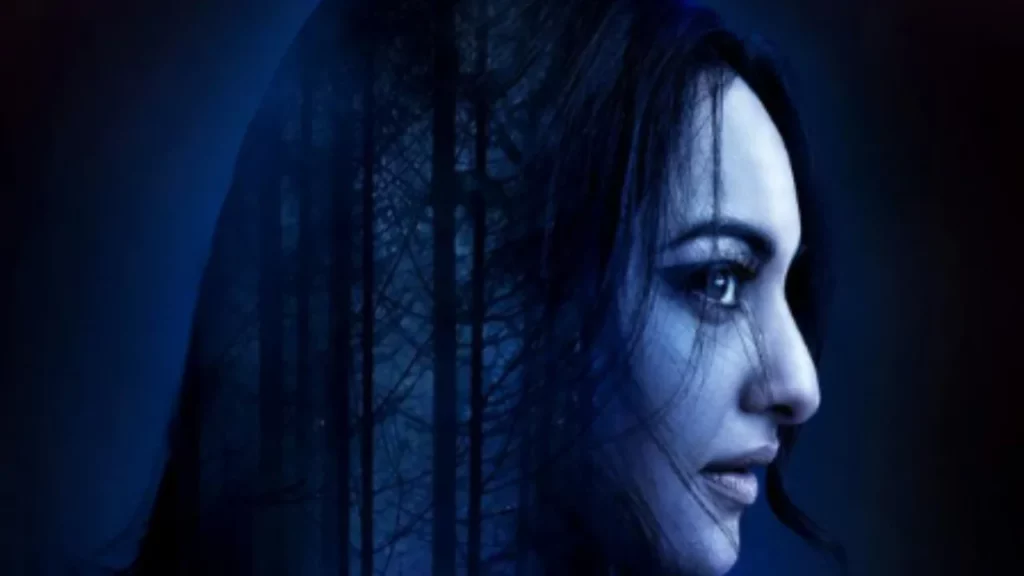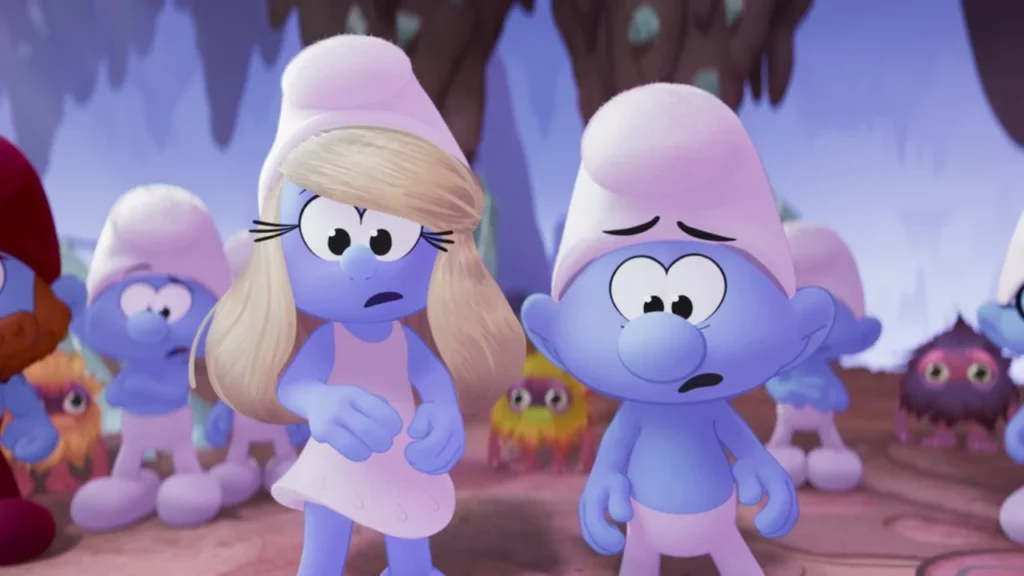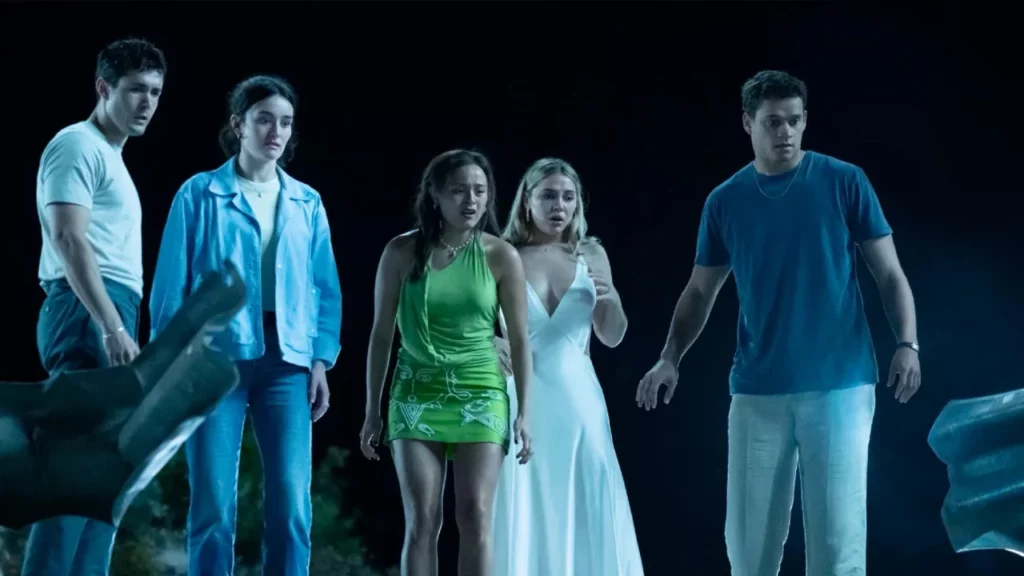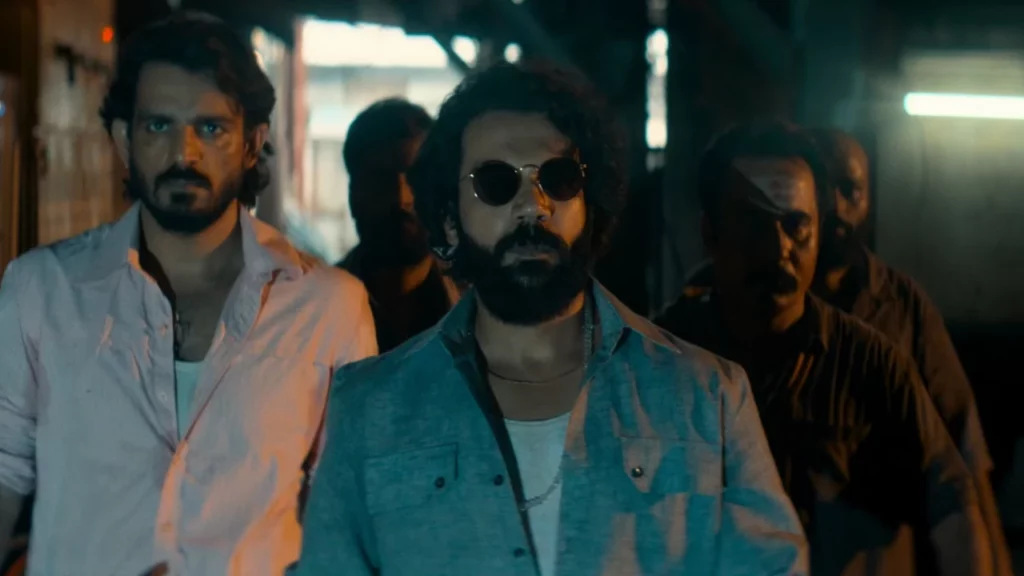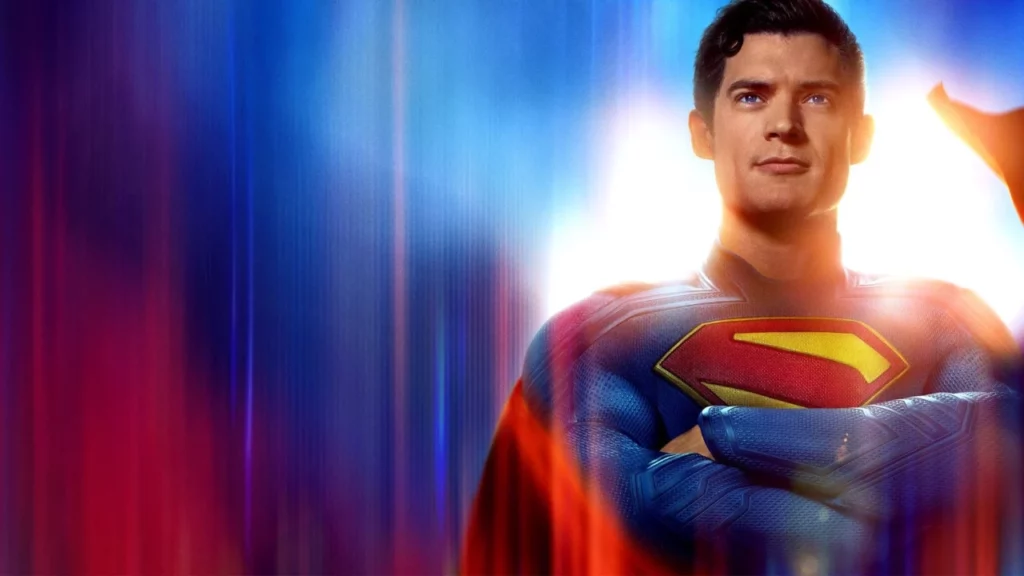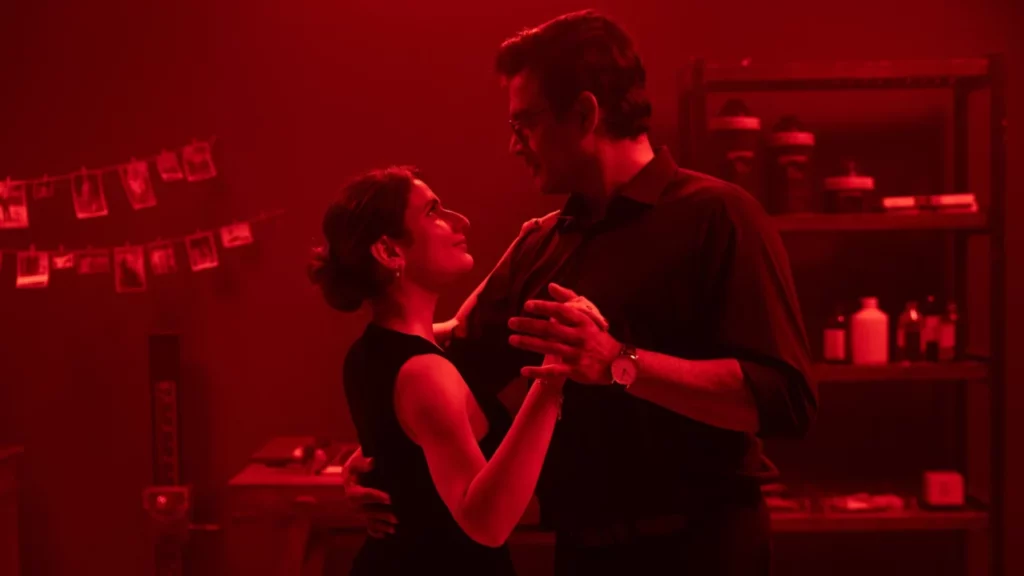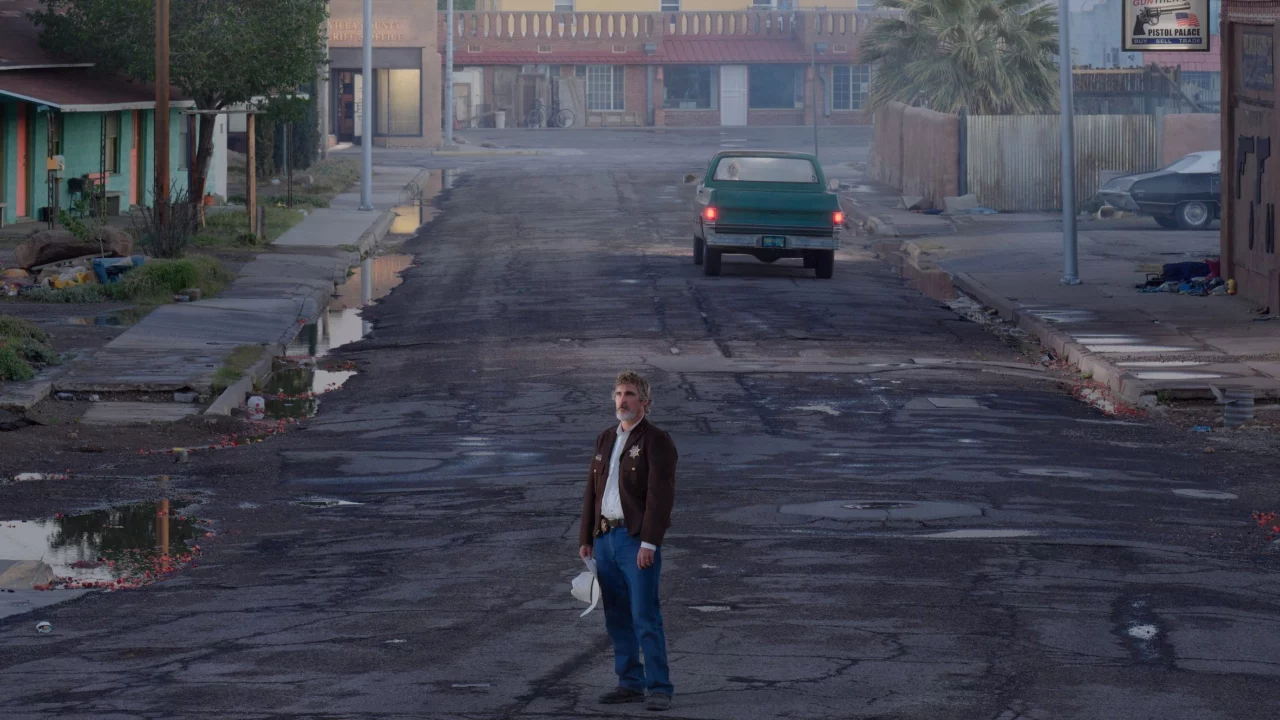
Eddington (2025) Movie ft. Pedro, Emma, and Joaquin
Ari Aster’s Eddington arrives as one of the most polarizing films of 2025. This A24 production brings together Joaquin Phoenix, Pedro Pascal, Emma Stone, and Austin Butler in a story that’s equal parts bold and divisive.
Set in New Mexico during May 2020, the film explores America’s deepest divisions through a small-town lens. Aster returns after Beau Is Afraid with his most controversial work yet, premiering at Cannes to mixed reactions.

Plot and Storyline
The story centers on Sheriff Phoenix and Mayor Pascal in a heated standoff. Their conflict becomes a powder keg that tears the community apart, neighbor against neighbor.
Set during the chaotic summer of 2020, the film tackles conspiracy theories, mask debates, and social unrest. Aster uses this small-town conflict as a mirror for America’s larger fractures.
The western framework serves as a backdrop for modern anxieties. Instead of clear answers, Aster presents deliberate ambiguity that reflects 2020’s confusion and division.
Traditional genre conventions get subverted to explore contemporary issues. The tension builds through interpersonal conflicts that escalate into broader community chaos.
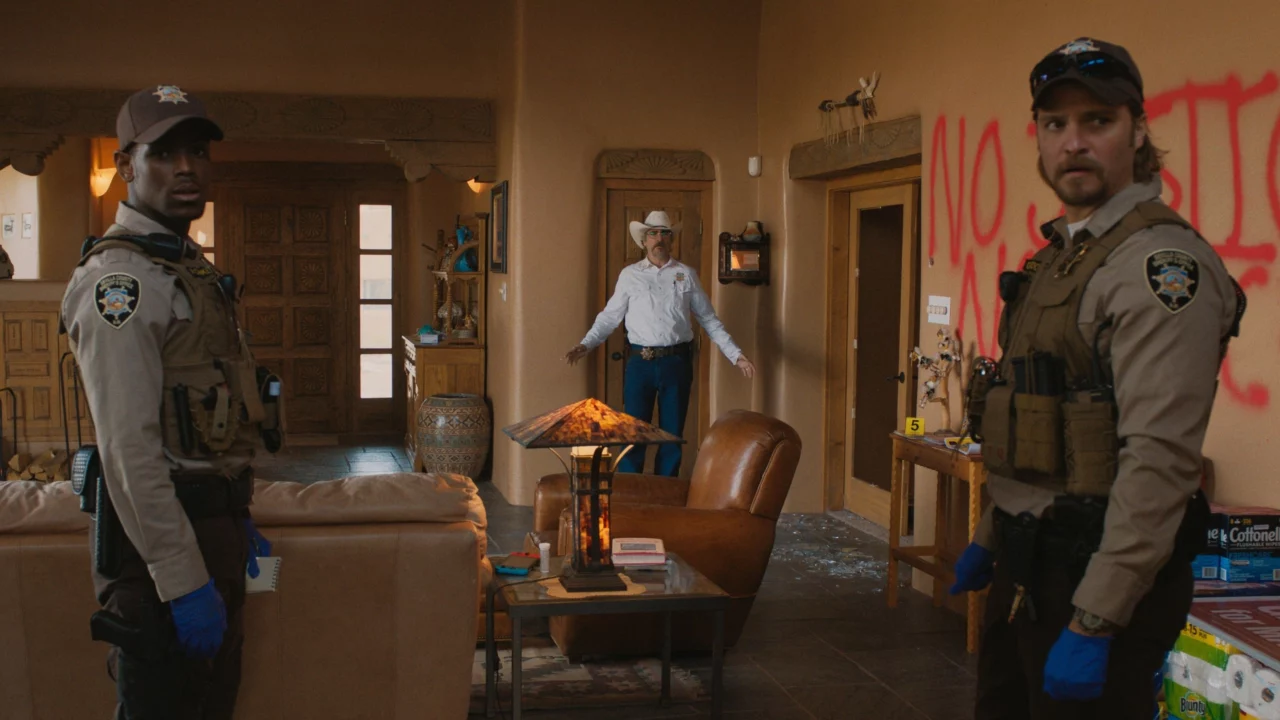
Cast Performances
Joaquin Phoenix delivers another intense performance as the conflicted sheriff. His portrayal captures the moral ambiguity of the time period perfectly.
Pedro Pascal provides a compelling counterpoint as the charismatic mayor. The chemistry between Phoenix and Pascal forms the emotional core of the film.
Emma Stone and Austin Butler make significant impacts in supporting roles. Stone brings depth to her character, while Butler continues showcasing his impressive range.
The ensemble cast creates a believable community torn apart by ideology. Each actor contributes to the film’s exploration of social division.
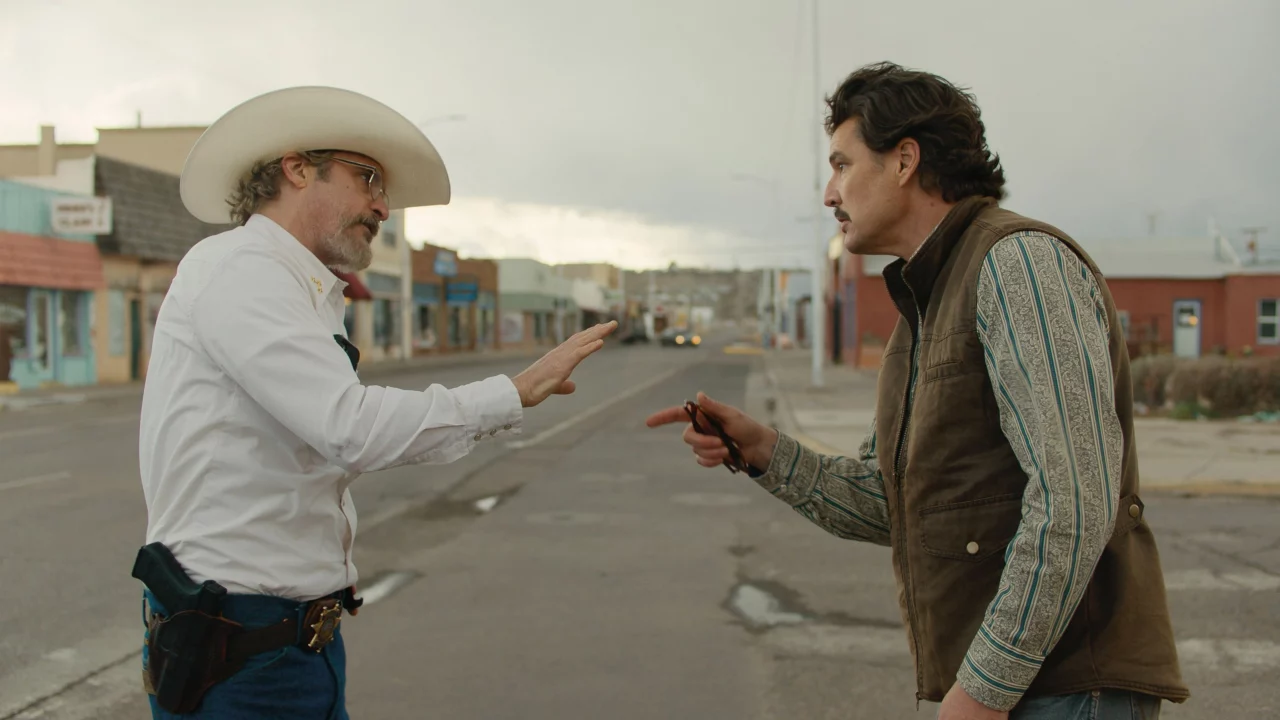
Direction and Visual Style
Aster’s direction showcases his evolution as a filmmaker while maintaining his trademark unsettling atmosphere. The visual style combines traditional western cinematography with modern techniques.
The film’s pacing is deliberately measured, building tension through character interactions rather than action. Aster’s attention to detail creates an immersive experience.
Production design effectively captures small-town America during the pandemic. The cinematography uses natural lighting and muted colors for authentic realism.
Wide shots and intimate close-ups create both isolation and claustrophobia. The technical aspects support the narrative themes beautifully.
What I Liked
The film’s greatest strength lies in tackling difficult subjects without providing simple solutions. I appreciated how Aster refuses to offer clear moral guidance, forcing viewers to confront their own beliefs.
The performances, particularly Phoenix and Pascal, create compelling characters whose motivations remain complex. Their on-screen chemistry drives much of the film’s emotional weight.
I found the western genre framework provides an interesting lens for examining modern conflicts. The technical production creates an immersive experience that supports the themes.
The film’s exploration of how quickly communities fracture under pressure feels particularly relevant and timely.
What Could Be Better
The film’s tonal inconsistencies can be jarring, with shifts between dark comedy and serious drama feeling forced. I found the deliberate ambiguity sometimes frustrating.
The film’s length and pacing may test audience patience. Those expecting traditional western or comedy elements might feel disappointed.
Some critics argue the film’s attempt to remain neutral actually undermines its effectiveness as social commentary. The handling of sensitive political topics has drawn mixed reactions.
Critical Reception and Reviews
Rotten Tomatoes gives the film 68% from critics based on 95 reviews. The consensus reads that it carries stellar cast and fearless direction but suffers from tonal misdirection.
Metacritic assigned a score of 66 out of 100 based on 28 critics, indicating generally favorable reviews with reservations.
Roger Ebert’s review describes it as a deliberately hollow provocation that explores 2020’s chaos without providing explanations. The film’s Cannes reception was notably polarized.
Critics are divided between those praising Aster’s bold approach and others questioning the film’s coherence and execution.
Final Assessment
Eddington represents Aster’s most ambitious attempt to grapple with contemporary American society. The stellar cast delivers compelling performances that anchor the narrative’s experimental elements.
While the tonal inconsistencies and deliberate ambiguity may frustrate some viewers, these elements contribute to its unique voice. The film succeeds in creating conversation about difficult topics.
I believe it works best when viewed as a reflection of 2020’s confusion rather than a definitive statement. Its willingness to embrace complexity makes it challenging but rewarding for engaged audiences.
The film’s technical craftsmanship and strong performances make it worth watching, despite its flaws. It’s a bold swing that doesn’t always connect but leaves a lasting impression.
Rating: 3.5/5


